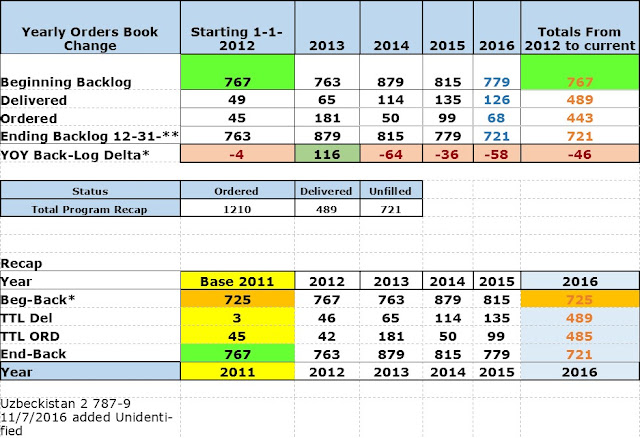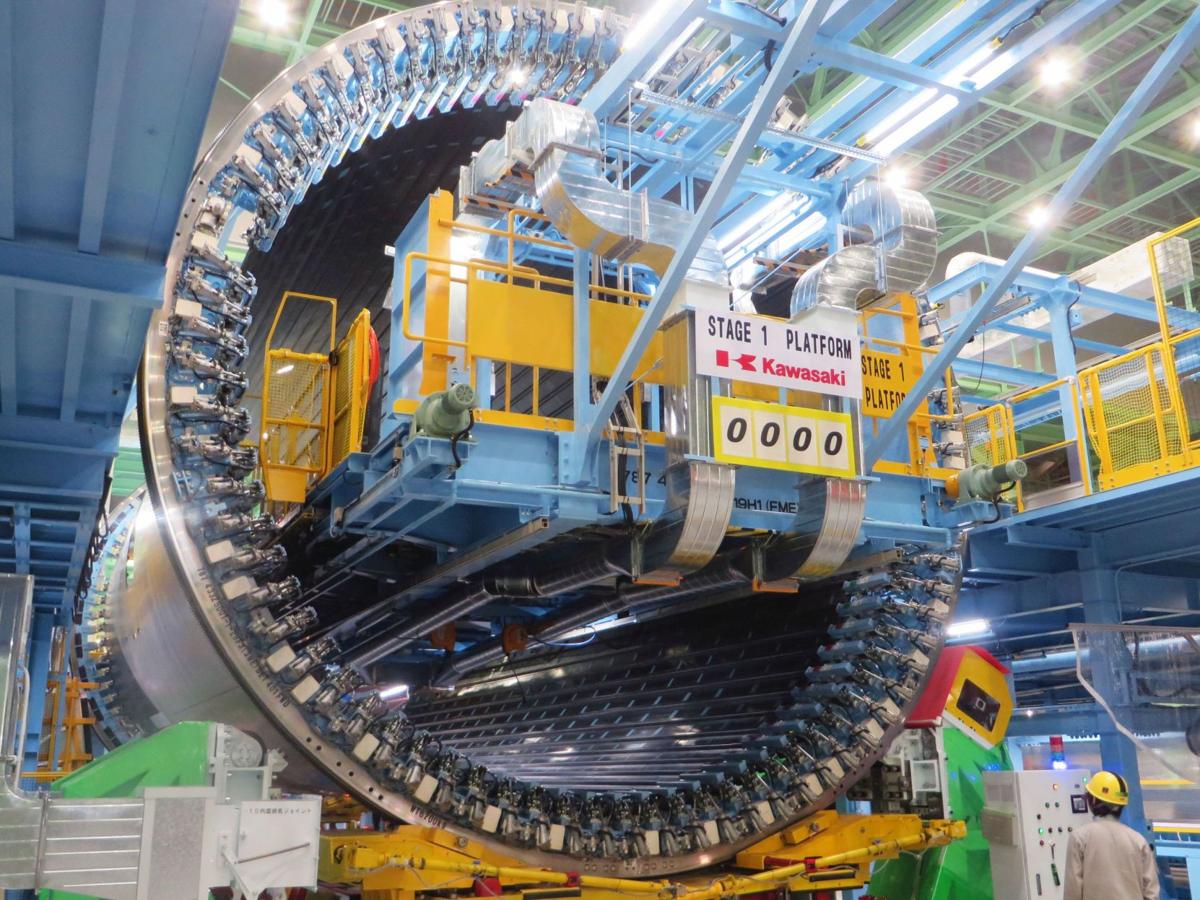With limited financial resources Canada caves for the
F-18. A populist leader will make popular decisions of the people not
necessarily the correct decision for the people. Trudeau is such a leader
leading from behind the Canadian sentiment of no F-35’s because the perceived
opinion of the F-35 is too expense while having multiple developmental glitches
and will possibly be ineffective against adversarial incursions into Canadian
airspace. All well intended ideas against having the F-35.
The best case scenario for the Canadian F-35 would be a
wait and see if costs, defects, and lack of operational capabilities are
mitigated. This is the position of Trudeau leading from behind the public
sentiment. Yes, the F-35 is in a chaotic phase of development, and it appears
wise to “can” the Conservative opinion of buying the F-35 fighters.
However, leading from the front suggests buying the F-35 en mass as Canada faces a vast front on the Arctic Circle with many possible
incursions from many adversarial combatants. The Canadian front may be North America’s Achilles heel, which will bode unwell for Canada and the US sitting smug with
its F-18 fighter squadrons.
Whose interest is it defending North America? The Canadians
or the US?
The answer is a mutually acceptable agreement because both need the
best defense is a great offense and the F-35 will offer a fundamental solution
being able to strike and defend. The multi role fighter does both at once when all its
attributes are turned on.
Trudeau made a political statement with a no F-35’s response
to Canada’s conservative sentiments. The Canadian voters were swallowed up in
popular agreement making Canadian tax dollars available for other civil
programs such as cheese inspections coming in from the US. It’s a Canadian
tradition after all, having neatly pressed uniforms for the mounted police when
defending by riding horse back along its southern border.
The following items have just been covered:
·
- Political
Progressive Populism
- · F-18’s
fit the budget
- · F-35
is not ready for prime time
- · Leading
from the wake of public sentiment
- · Billions
is not in the Canadian lexicon
What the US government, in behalf of its people need to
do, defending the Lower 48, Alaska and Hawaii is go back to the World War II
sphere of influence through several tactics. It needs the Canadian Shield
protecting its cheese industry and other North American cultural oddities such
as Hockey and the NHL.
America and Israel have a plan which should expand to all
loyal allies to America. In post war Europe it was called the Lend/Lease treaty.
Wikipedia information:
“The Lend-Lease policy, formally titled "An Act
to Promote the Defense of the United States", (Pub.L. 77–11, H.R. 1776, 55 Stat. 31, enacted March 11, 1941)[1] was a program under which the United States
supplied Free France, the United
Kingdom, the Republic of China, and later the USSR and other Allied nations with food, oil, and materiel between 1941 and August 1945.”
The US needs to form an alliance with all
its F-35 current partners and customers. Israel set the standard as a crucial
ally in the Middle Eastern part of the word.
They just plain get a budget from the US with no visible strings
attached when buying the F-35.
In Canada who is so strapped with Canadian
dollar type cash, It should/could “buy” a fifth generation fighter for the price of a
fourth generation fighter where US acts as a middle man on the purchase from
Lockheed. The US military purchasing with its own contract price from Lockheed would
then buy for any "Ally" an F-35 and then sell-back that
F-35 to the same “Ally” with a current fourth generation replacement price.
Graphically charting a transaction with a
Canadian would flow like this:
Canada buys 50 F-35’s to assist defending
North America and its own nation (already by treaty). It has been often been recognized
of its aging F-18’s and needs the F-35. The current market price of an F-18 (is
$60 Million US each?). The current market price to the US of an F-35 from Lockheed
is $100 million US. The US will buy an F-35 for Canada in behalf of North
America’s over-arching defense at its own contract price and then sell back to
Canada that same F-35 using a fourth generation price (i.e. the sixty million
mentioned above).
Of course there are other expenses
supporting the program and an ally who already has a support structure for its
fourth generation fighters who would role that expense into a fifth generation
budget support. This resource example is for; parts, maintaining and training of
flight and ground operations.
It isn’t lend-lease but it does go a long
way defending this nation and North America and other parts of the world. Israel
has a sweet deal, because they are at the tip of the spear when defending
American security in an active war region. Israel is essentially given an F-35
out of the US defense budget when the US allocates to Israel a defense award from each US budget year for F-35's.
The Canadian example mapped out above
would give Canada a strong value for having its F-35 fighters. At full price,
Canada would have to pay $100 million per aircraft from Lockheed at current conditions or pay $60 million to the US Government for its defense of North America using F-35's. It would then get
Trudeau off his political hook he had set when he proclaimed “no F-35’s not on
my watch”.
Fifty F-35’s at $60 million would then
would cost Canada $3 Billion instead of $5 Billion at current full price. The
difference of $2 Billion is a fair price to pay having Canada guarding the DEW
line.



.jpg)







